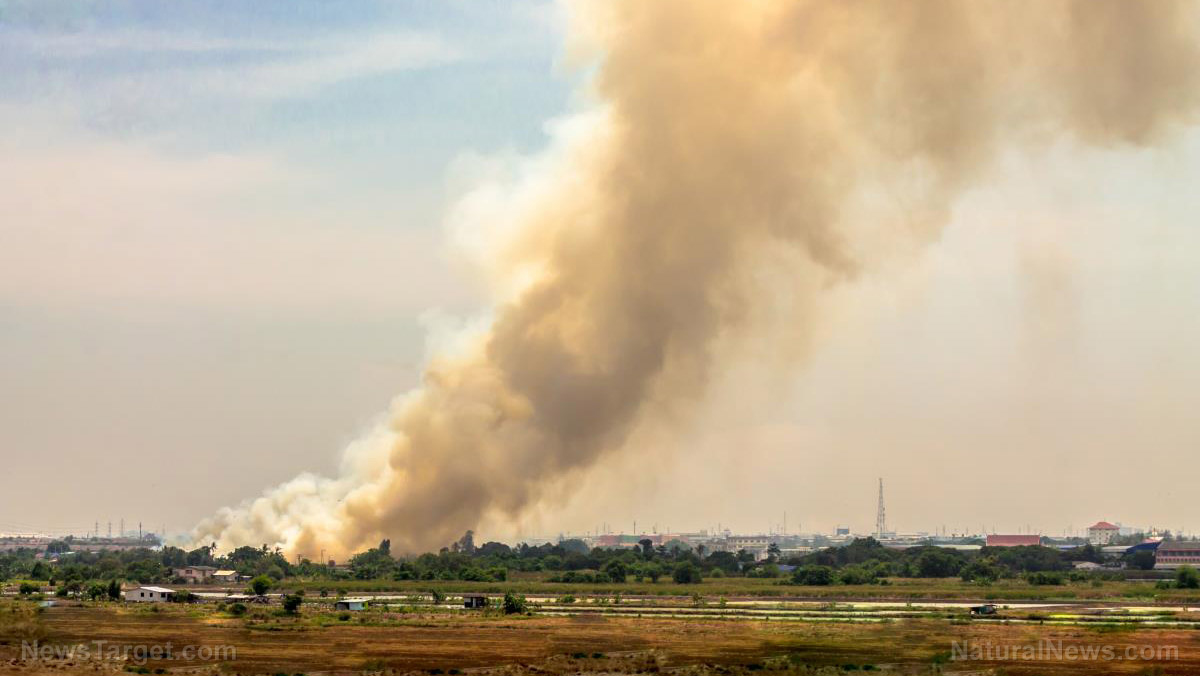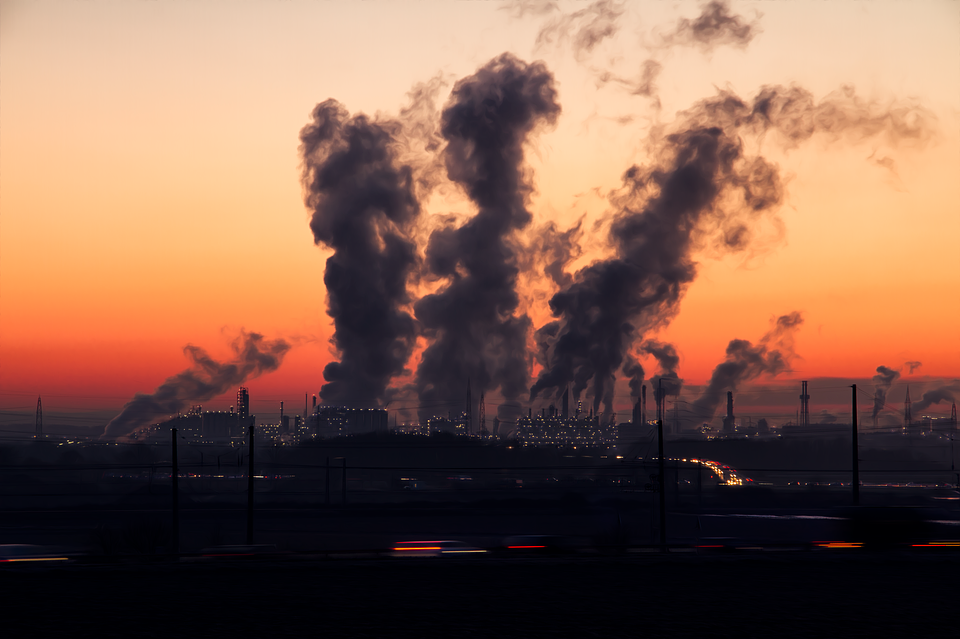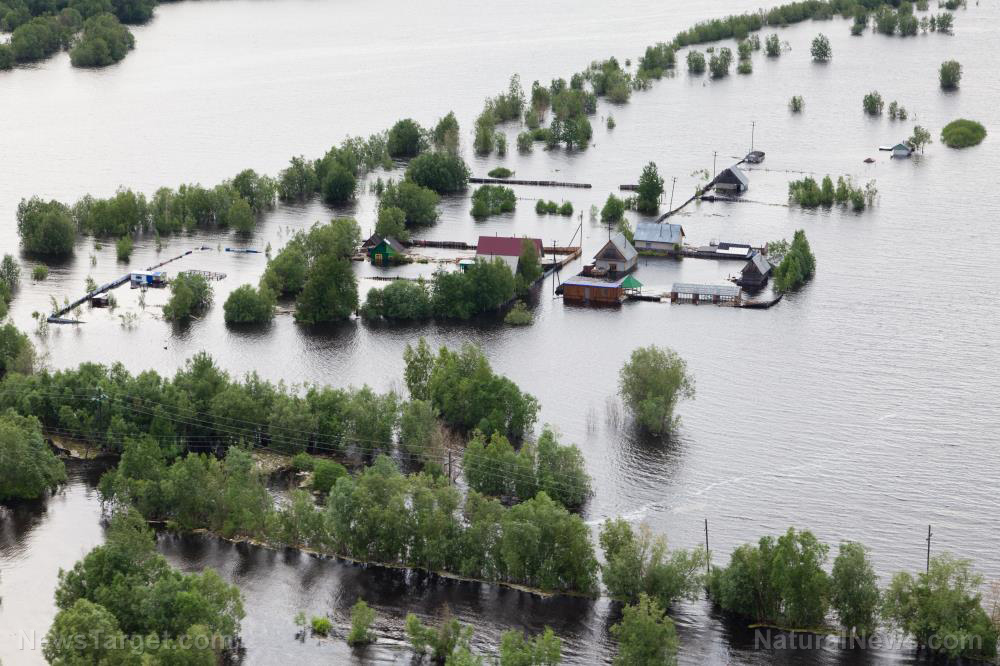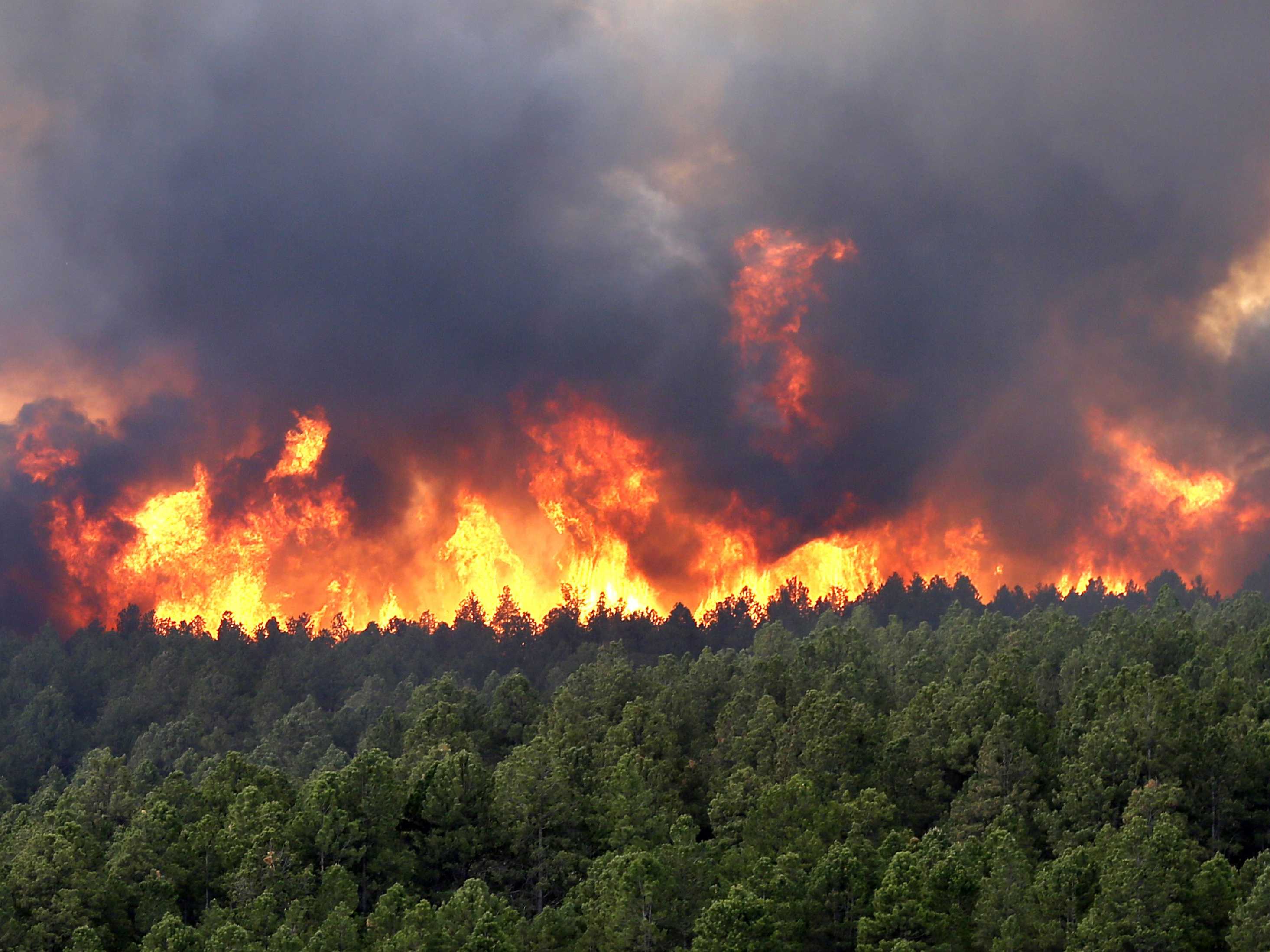California’s Creek Fire generates smoke clouds up to 50,000 feet in height
10/14/2020 / By Divina Ramirez

Dense smoke plumes from California’s Creek Fire, considered the state’s largest single fire to date, soared to 50,000 feet in height, as seen on frightening time-lapse footage from space, according to a recent report from Common Dreams.
The historic fire started Sept. 4 and has burned almost 200,000 acres in the Sierra Nevada mountains. The following morning, its smoke plume rose to unprecedented heights, much taller than the typical height of tornado-like thunderstorms.
Commenting on the Creek Fire, David Saah, a professor of environmental science at the University of San Francisco, said that the fire appears to be doing things that are out of the norm. The plume also looked like a nuclear bomb just exploded, he added.
Meanwhile, scientists with the National Aeronautics and Space Administration (NASA) described the smoke plume as “the fire-breathing dragon of clouds.”
Not a harbinger of a climate crisis
The gigantic smoke plume, both a testament and a contributor to the fire’s size and intensity, garnered strong reactions from climate change peddlers.
For Eric Holthaus, a meteorologist and a journalist on climate change, the gigantic smoke plumes point to a climate crisis that needs to be tackled in light of fossil fuel emissions and other harmful human activities. It also cannot be overstated just how frightening the satellite image is, he added.
Meanwhile, Professor Emerita Dana Brown from California State University, lamented that the pillar of smoke shows people “what climate change looks like.”
On the other hand, forest ecologist and so-called climate change expert Patrick Gonzalez also claimed in an interview with CapRadio that “outdated policies,” combined with global warming, contributed to a 900 percent increase in total acres burned because of wildfires.
The solution, he said, is to be carbon-free, which entails getting rid of fossil fuels. “[The] sooner we reach that, the better it will be for nature and for the people.”
But as it turns out, the massive size of the Creek Fire smoke plume is less about a purported climate crisis and more about actual science. (Related: NASA data refute leftist climate wildfire claims: Global fires dropped by 25% from 2003 to 2019.)
Neil Lareau, an atmospheric sciences professor at the University of Nevada, Reno, specializes in smoke plumes that develop above intense blazes to understand their impact on the strength of the fires below.
In a recent report from KRON 4 News, Lareau said that he and his team used radar data to create three-dimensional animations showing the evolution of smoke plumes from West Coast wildfires. He hoped that understanding the growth of the plumes would offer significant insight into wildfires in general.
Based on these animations, Lareau found huge, deep clouds pushing upwards of 50,000 feet into the atmosphere. “These are fire-generated thunderstorms that are producing lightning. These clouds are adding heat back into the atmosphere,” he explained.
Lareau also noted that the record-high heat plaguing California even before the fires contributed to the tremendous plume depth of the smoke plumes.
But these smoke plumes could be a good thing. Plumes help in driving smoke from the fires much higher into the atmosphere. This means that humans and animals are not at risk of breathing in the fumes from wildfire smoke.
That being said, ash and debris can fall out from these plumes, and inhaling them can irritate the lungs. But these particles are easier to avoid than the gases and volatile compounds in wildfire smoke.
For two months now, thousands in California have been dealing with the effects of snuffed out wildfires, even as over 17,000 firefighters still battle at least 23 major blazes.
California even set a grim milestone Oct. 4 after officials from the California Department of Forestry and Fire Protection (CAL FIRE) said that the state has surpassed four million acres burned.
Learn more about the ongoing wildfire crisis in California at Environ.news.
Sources include:
Tagged Under: California wildfires, climate change, environment, natural disasters, wildfires
RECENT NEWS & ARTICLES
COPYRIGHT © 2017 DISASTER NEWS



















